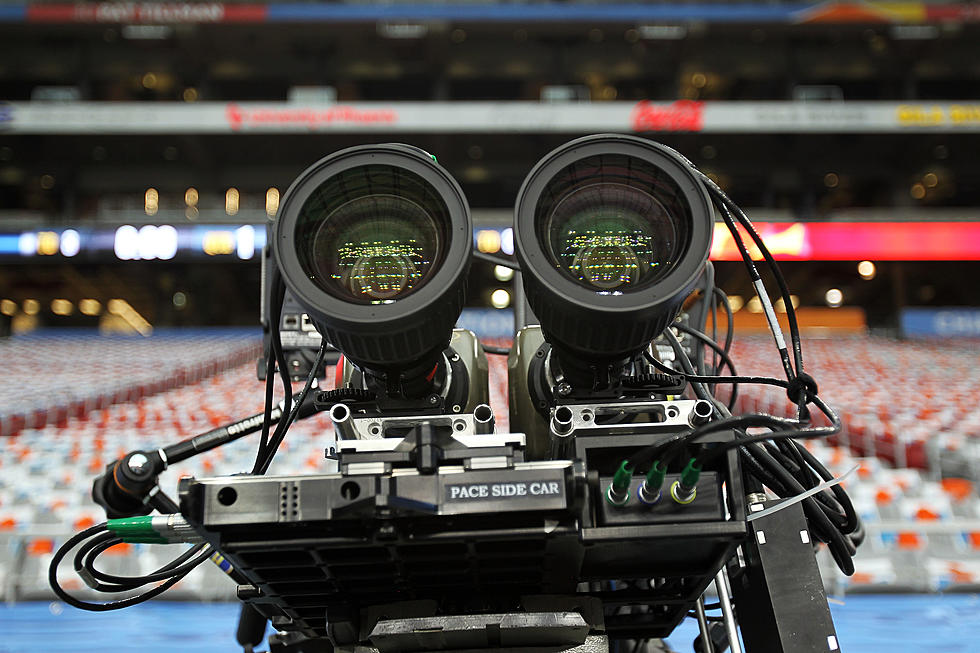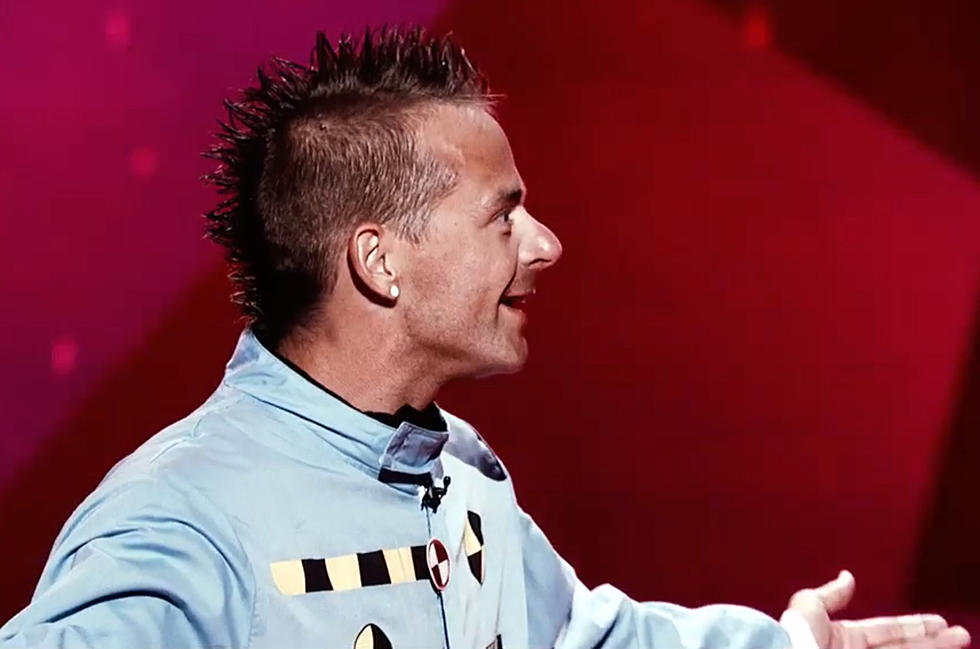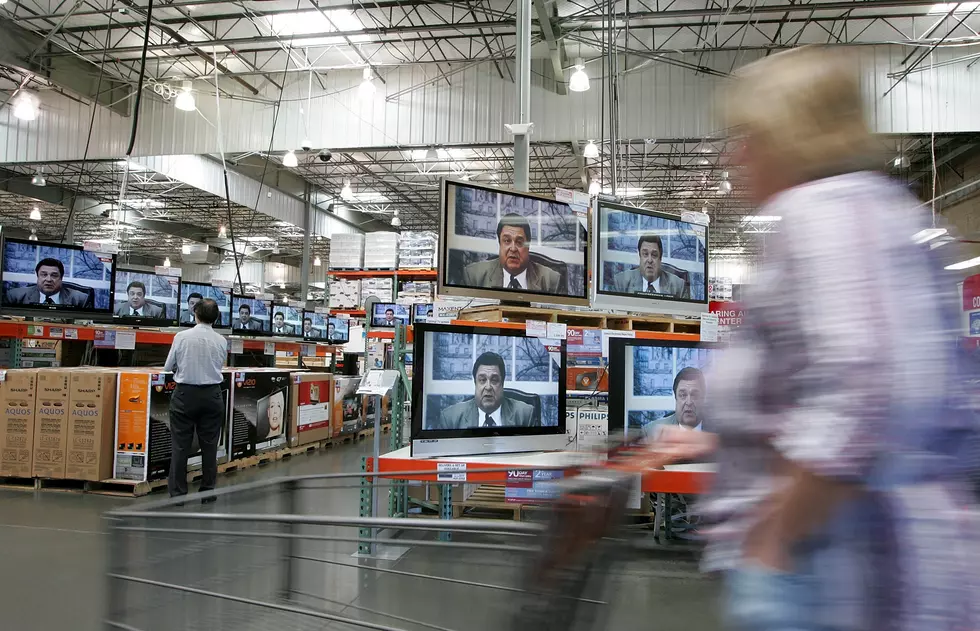
In 3-D or Not 3-D – The Future is Now
They refer to the camera affectionately as WALL-E, because of its two lenses reminiscent of the eyes on the lovable animated movie robot.
It's used to shoot sporting events in 3-D for television. Which is honestly something that I never expected to see on my TV, only the occasional horror or sci-fi movie in my local theater. But this amazing little camera is the revolutionizing the way sports fans can watch games on TV.
Few homes or businesses are doing so for now. In fact ESPN, which launched a 3-D network last summer, doesn't even have exact numbers on how many people are putting on their glasses and tuning in. But the focus is on working out the kinks of broadcasting sports in 3-D, so the network will be ready when the audience starts to grow.
Research firm DisplaySearch estimated that fewer than 1.6 million 3-D capable sets were sold in the U.S. last year, and not all those owners are necessarily taking advantage of 3-D programming. Yet television manufacturers and movie studios are committed to the medium, and sales are expected to increase exponentially in the next few years.
At last month's Big East men's basketball tournament, ESPN personnel in their 3-D production truck outside Madison Square Garden celebrated a particularly nifty shot from an overhead angle that captured the ball bouncing straight up from the rim and then down through the net.
Cameraman Eric Grubb, who's worked for the network for a quarter-century, has had to relearn many of his instincts developed over the years. For 2-D TV, he tends to zoom a lot. For 3-D, he has to remind himself to stay wide, to "let the shot speak for itself."
"You try to create a human experience," coordinating producer Phil Orlins said. "Eyes don't zoom."
In the truck, they try to cut between shots at a slower pace. Viewers say that when a 3-D program switches from one shot to another, it sometimes looks out of focus. It's not, but that's how the brain perceives the shift.
In other cases, 3-D is more susceptible to technical difficulties that really will give you a headache. Unlike filming a movie, sports are live and have to be shot right the first time - and the need for two cameras to create the 3-D image greatly increases the odds something will go awry.
If the color is slightly different in the right camera than the left, the viewer's brain will sense the picture is wrong. If the two transmissions are off by a split second, the broadcast appears as though it's underwater.
Even when the technology is working perfectly, some sports just look better in 3-D than others. Orlins says the three keys are proximity, predictability, and a three-dimensional playing surface.
The X Games are a 3-D producer's dream. Proximity: When Shaun White is snowboarding down the halfpipe, the camera can capture him in a tight shot. Predictability: The director knows ahead of time the basic path of his run. Playing surface: The steepness and enormity of the halfpipe come to life in 3-D.
Conversely, Orlins said, "if the court is flat, it still looks flat."
A very different sort of competition - golf - also thrives in 3-D. Last year, the Masters was the first major sports event broadcast live internationally on TV and the Internet in 3-D. ESPN 3D will air two hours from each of the rounds this week.
"That commitment and embracing technology will just enhance the enjoyment for the fans of the Masters," ESPN executive vice president John Wildhack said.
Baseball isn't anywhere near as good a fit because it requires too wide a shot.
"People think it will pop out at you," Orlins said of the ball flying off the bat. "But it travels too far."
Some sports also allow for more cost-efficient 3-D productions. For the kinds of shots needed for boxing and X Games, ESPN could use the same camera setup for 2-D and 3-D, which requires fewer personnel. Orlins estimated he needed 14 extra people at the Big East tournament to do a separate 3-D broadcast.
"You need to be able to do that to make it a fully viable business," Orlins said of combining productions.
Grubb and the other camera operators review video after each 3-D event, learning a little more each time. How not to give the viewer vertigo, while trying to think and see in layers.
Working in a format that's so new is actually relaxing, Grubb said.
"It's all an experiment," he said. "Nothing is wrong."
Tell us your thoughts on 3-D Television? Do you think you will add one to your home anytime soon?
More From AM 1400 The Cowboy









